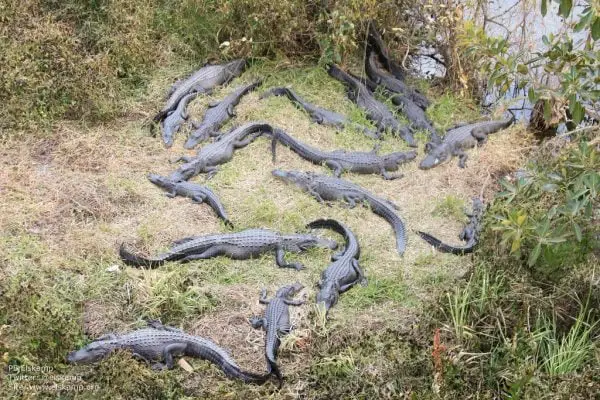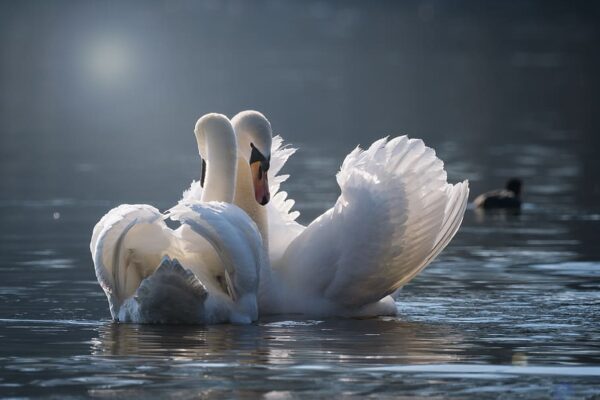Pelicans, with their distinctive beaks and graceful movements, have captivated people for centuries. Beyond their mesmerizing appearance and impressive wingspans, these remarkable birds exhibit fascinating social behaviors and play a vital role in the health of aquatic ecosystems. Delving into the diverse collective nouns used to describe groups of pelicans offers a glimpse into their social dynamics, ecological significance, and the challenges they face in our changing world.
Collective Nouns for Pelicans
While “pouch” might be the most commonly used term for a group of pelicans in flight, highlighting their distinctive anatomical feature and shared journey, other terms paint a more nuanced picture depending on the context:
- Pouch: This term evokes a sense of unity, cooperation, and shared purpose. It signifies a group of pelicans flying in close formation, often in a V-shape or line, their wings seemingly connected. The image it creates is one of a cohesive unit gliding effortlessly through the air, showcasing their remarkable coordination and reliance on each other.
Example: As the sun rose over the glistening lake, a pouch of pelicans emerged from their roost, their wings beating in unison as they embarked on their daily foraging journey.
- Pod: This term, typically used for groups of marine mammals, also signifies a group of pelicans swimming together, often in search of food or suitable breeding grounds. The image it creates is one of a group of pelicans moving gracefully through the water, their bodies streamlined for efficient movement.
Example: As the tide rolled in, a pod of pelicans emerged from the reeds, their large beaks searching the shallows for unsuspecting prey.
- Scoop: This term, with its connotations of abundance and swift movement, signifies a group of pelicans diving together into the water to catch fish. The image it creates is one of a coordinated group of pelicans plunging into the water, their pouches expanding to capture their prey.
Example: Drawn to a sudden flurry of activity, a scoop of pelicans descended upon the water, their large beaks creating a mesmerizing splash as they secured their catch.
- Squadron: This term, often associated with military formations, signifies a large group of pelicans flying together in a coordinated manner. The image it creates is one of a vast expanse of sky filled with the silhouettes of pelicans, their movements seemingly synchronized and purposeful.
Example: Migrating south for the winter, a squadron of pelicans dotted the horizon, their powerful wings carrying them across vast distances in a breathtaking display of collective movement.
Interesting Facts About Pelicans
Understanding these diverse terms goes beyond mere vocabulary; it allows us to appreciate the intricate world of pelicans and their vital role in our ecosystems:
Masters of Fishing: Pelicans are remarkably skilled fishermen. They utilize their large pouches to scoop up fish, utilizing their keen eyesight and cooperative behaviors to locate and capture prey efficiently.
Avian Architects: Pelicans are social birds that form large colonies, often on islands or protected shorelines. They build intricate nests using sticks, vegetation, and even feathers, showcasing their cooperative spirit and commitment to raising their young.
Facing the Future: Pelicans face numerous threats due to habitat loss, pollution, and overfishing. By protecting their nesting grounds, implementing sustainable fishing practices, and promoting responsible waste management, we can ensure that these magnificent birds continue to grace our waters for generations to come.
Final Thoughts
From the “pouch” signifying their close formations to the “pod” highlighting their coordinated aquatic movements, and the “scoop” showcasing their impressive diving techniques, the diverse collective nouns for pelicans offer a glimpse into their multifaceted lives and enduring presence in our world. By appreciating these terms, understanding their intricate social dynamics and ecological significance, and acknowledging the challenges they face, we can strive to create a future where these charismatic birds continue to inspire us with their grace, artistry, and vital ecological role.
Also Read:





